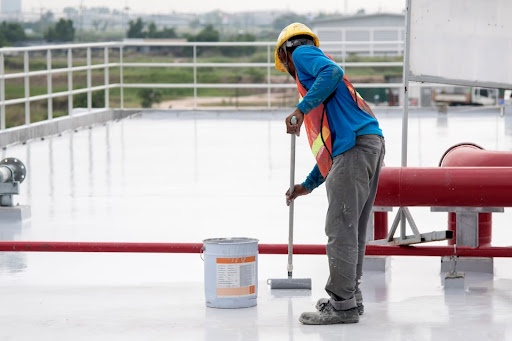Basement waterproofing is a crucial step in protecting your home from water damage and ensuring a dry, healthy living environment. In Toronto, where heavy rainfall and melting snow are common occurrences, waterproofing your basement is essential to prevent costly repairs and maintain the structural integrity of your property. In this article, we'll outline the 10 steps involved in installing basement waterproofing in Toronto, providing homeowners with a comprehensive guide to safeguarding their basements against moisture infiltration.
Step 1: Assessing Water Issues
The first step in basement waterproofing is to assess the existing water issues in your basement. This may involve identifying signs of water damage such as dampness, mold growth, or foundation cracks. By understanding the root cause of the water infiltration, you can determine the most appropriate waterproofing solutions for your specific needs.
Step 2: Exterior Inspection
Next, conduct a thorough inspection of the exterior of your home to identify potential sources of water entry. Look for signs of poor drainage, such as clogged gutters, improper grading, or pooling water near the foundation. Addressing these issues is essential to prevent water from seeping into your basement and causing damage.
Step 3: Excavation
In many cases, exterior waterproofing requires excavation around the perimeter of the foundation to access the exterior walls. This excavation process can be labor-intensive and may require heavy machinery, so it's essential to hire experienced professionals to ensure the work is done safely and efficiently.
Step 4: Cleaning and Repairing Foundation Walls
Once the excavation is complete, thoroughly clean the exterior walls of the foundation to remove dirt, debris, and any existing waterproofing materials. Inspect the foundation for cracks, holes, or other damage, and repair any issues using specialized materials such as hydraulic cement or epoxy injections.
Step 5: Applying Waterproof Coatings
After the foundation walls are cleaned and repaired, apply waterproof coatings to create a barrier against moisture penetration. Common waterproofing materials include asphalt-based coatings, rubberized membranes, and liquid waterproofing compounds. Ensure proper coverage and adhesion to achieve maximum effectiveness.
Step 6: Installing Drainage Systems
In addition to waterproof coatings, installing drainage systems is essential for directing water away from the foundation and preventing hydrostatic pressure buildup. Common drainage solutions include weeping tile systems, French drains, and exterior drainage membranes. Proper installation and maintenance of these systems are critical to ensure effective water management.
Step 7: Backfilling
Once the waterproofing and drainage systems are in place, backfill the excavated area with gravel or soil to provide structural support and improve drainage. Compact the backfill material carefully to prevent settling and ensure proper water runoff away from the foundation.
Step 8: Interior Waterproofing
In some cases, interior waterproofing may be necessary to complement exterior waterproofing efforts. Interior waterproofing involves installing drainage systems, sump pumps, and vapor barriers inside the basement to manage moisture and prevent water intrusion. Consult with a waterproofing professional to determine the most suitable interior waterproofing solutions for your basement.
Step 9: Testing and Quality Assurance
After completing the waterproofing installation, conduct thorough testing to ensure the effectiveness of the systems and identify any potential issues. Test the drainage systems, sump pumps, and waterproof coatings to verify proper functionality and address any deficiencies promptly. Additionally, perform regular maintenance to keep the waterproofing systems in optimal condition.
Step 10: Regular Inspections and Maintenance
To maintain the effectiveness of your basement waterproofing system over time, schedule regular inspections and maintenance checks. Monitor the condition of the foundation, drainage systems, and waterproof coatings, and address any signs of damage or deterioration promptly. By staying proactive and vigilant, you can prolong the lifespan of your basement waterproofing and protect your home from water damage.
Conclusion
Installing basement waterproofing in Toronto is a multi-step process that requires careful planning, expert execution.
Visit our Website https://www.yourumbrella.ca/waterproofing/toronto/ and ongoing maintenance. By following these 10 steps and working with experienced professionals, homeowners can effectively safeguard their basements against moisture infiltration and enjoy a dry, healthy living environment for years to come. Don't wait until water damage occurs – invest in basement waterproofing today to protect your home and preserve its value for the future.


No comments yet